Intro: How to Burglarproof Your Doors?
It’s not easy to keep your home safe against theft, burglaries, and break-ins. Our locksmiths, on the other hand, can provide you with excellent advise and ideas on how to achieve just that. Continue reading to learn more about how to effectively secure your loved ones and assets.
Burglaries are a constant source of worry for homeowners. But what is the most effective strategy to keep your home secure? Almost certainly, you’ve already established an alarm system (if not, do it immediately), and you may also have a guard dog on the premises. The majority of burglars enter a home through the front or rear entrance, according to statistics. So make sure those doors are shut and locked. Here are some ideas for you.
Approach #1 – Do You Have the Right Door?
1 – Get the right doors
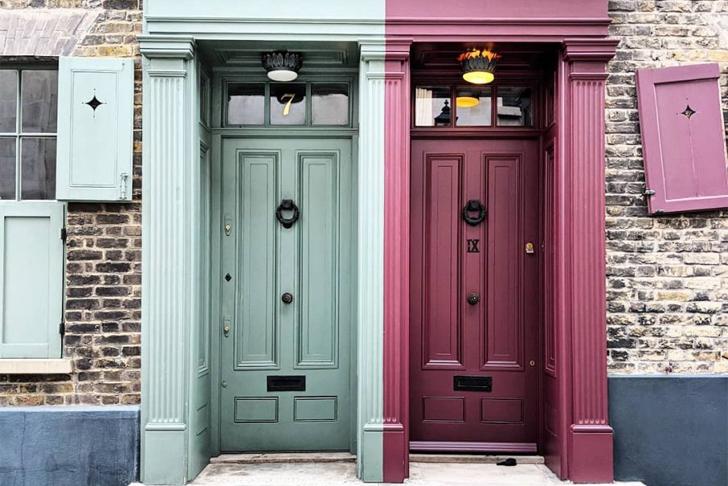
You should replace your front and back doors right away if they are hollow. What is the best way to tell if your door is hollow? Knock on the door. Hollow doors are just veneer sheets affixed to a cardboard core. All outside doors should be sturdy and built of the materials listed below:
- Fiberglass
- 100% solid wood
- Core made of solid wood (a layer of veneer over solid wood)
- Metal (Note: metal doors should be reinforced on the inside and have a lock block.) Otherwise, a car jack can be used to bend them out of the frame.)
2 – Consider a fibreglass door that swings outward rather than inward when building or upgrading a new door and frame (and don’t forget to use security hinges).
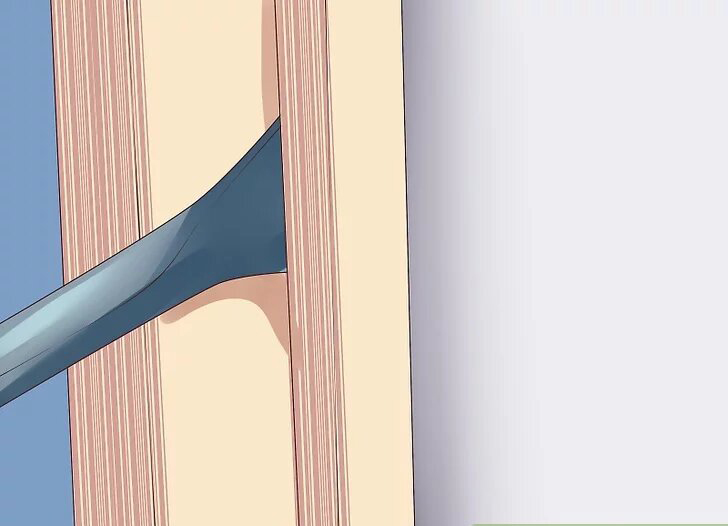
Having a door open in this manner allows any forced entry to be absorbed.
3 – All exterior doors with windows should be replaced with windowless doors.

All doors should be windowless for optimal protection, and windows should not be close enough to the door for a criminal to shatter the window and unlock the door from the inside. For that reason, a deadbolt isn’t much use on a door like this. The only conceivable stumbling block with these doors is a large dog, but only with the landlord’s permission.
- Cover the glass with a security grate or grille on the exterior or a clear, unbreakable polycarbonate panel placed behind the glass on the inside if you have sliding glass doors, glass door panels, or neighbouring windows.
Approach #2 – Lock Your Doors
1 – Install Deadbolt Locks
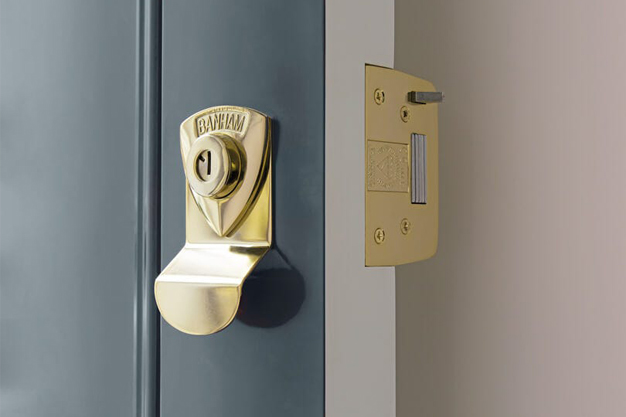
All external doors, with the exception of sliding doors, should have a deadbolt lock in addition to the doorknob lock. The lock should be of good quality (grade 1 or 2, solid metal with no visible screws on the outside) and have a throw bolt that is at least 1 inch (2.5 cm) long. The lock should be placed correctly. Many homes feature deadbolts or throw bolts that are less than 1 inch in diameter (2.5 cm). These will have to be replaced.
2 – Install a deadlock
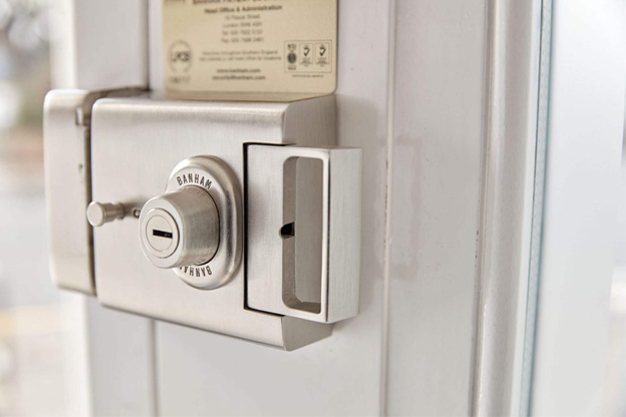
When you are at home, adding an additional lock will provide additional security. The deadbolt (sometimes known as a ‘exit-only deadbolt’) is a deadbolt without an external key. Although it is obviously visible from the outside, it cannot be broken into without breaking the door, frame, or latch. While this security won’t aid you when you’re not at home, the fact that it’s visible may deter an intruder from trying the door.
3 – Secure Sliding Doors

Sliding doors that are secure. Installing keyed locks at the top and bottom of sliding doors is the best way to safeguard them. To keep the door from sliding, you can create or buy a bar that swings down from the door frame to the centre of the door. To block the door from being opened, at the very least, place a rod (a thick wooden dowel, for example) in the bottom track. It’s a good idea to reinforce the glass with polycarbonate panels, regardless of the method you select, as suggested in the previous stage.
Approach #3 – Reinforce Your Entryway
1 – Cylinder guards should be installed around the lock cylinders (the part where you insert the key)

By pounding, straining, or prying, burglars can sometimes remove or destroy lock cylinders. On both sides of the entrance, use metal guard plates or protective rings to safeguard these. To prevent guard plates from being unscrewed, use round-head carriage bolts. The usage of a pipe wrench to twist out the cylinder will be avoided by using free-spinning rings around the cylinders. Many locks already have them, but if yours does not, you can buy them.
2 – Strike plates that are fragile should be replaced
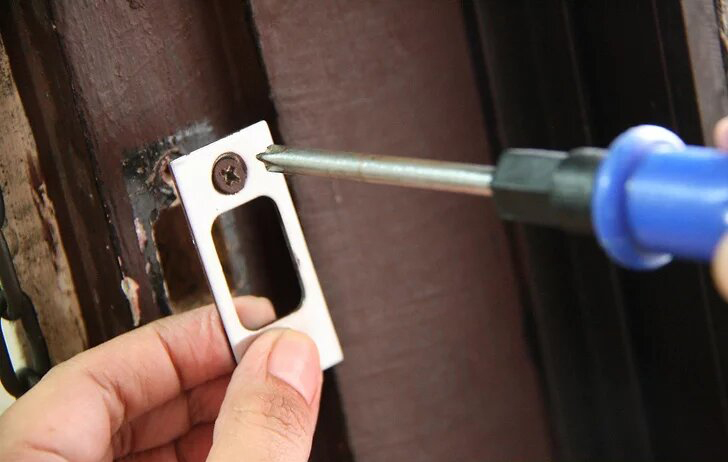
The metal plate that surrounds the lock-set is known as the strike plate (the hole in the door frame where the lock bolt enters). Heavy-duty metal security strike plates with four 3-inch screws should be installed on all external doors. Many homes are built with low-quality strike plates or strike plates that are just fastened to the door jamb and not the underlying stud using short screws.
3 – Hinges that are exposed should be secured

The door’s hinges should be on the inside. If yours aren’t, rehang the door or use non-removable pins to fasten the exposed hinges. Remove at least two of the hinge’s centre screws (one on each side) and replace them with non-removable hinge pins (available at a hardware store) or double-headed masonry nails. Even hidden hinges should be fastened to the frame with 3-inch screws.
4 – Strengthen your frame
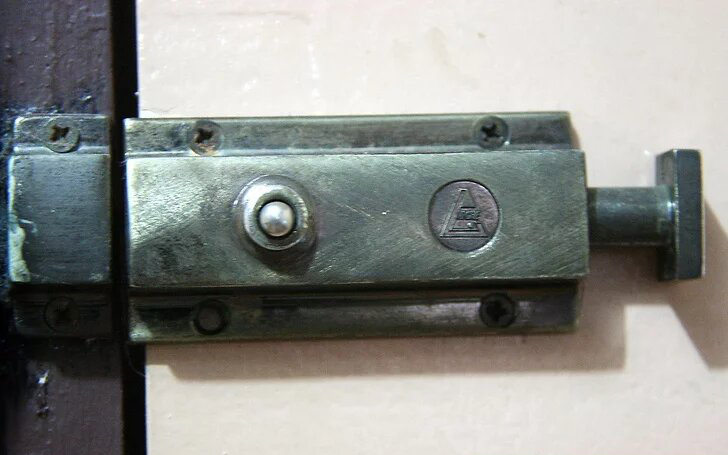
A burglar may be able to gain entry by shattering or prying the door frame, even if your door is robust and has high-quality, properly placed locks. Because most door frame mouldings are simply stapled to the wall, separating the frame from the wall is simple with a crowbar or a solid kick. Install additional 3-inch screws along the frame and doorstop to secure the door frames to the walls. The screws should be able to reach the stud in the wall.
Approach #4 – Peepholes
1 – Install Door Viewers
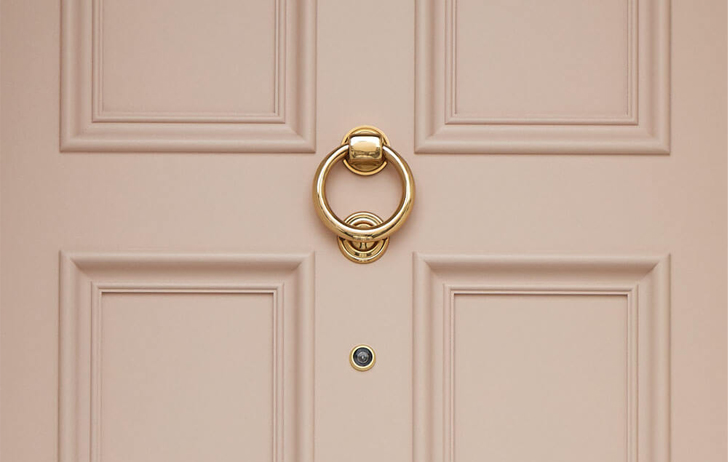
Door Viewers (also known as peepholes) allow you to see through the door to see who is on the other side. All outside doors should have wide-angle viewers installed at eye level. If you have to open your door to view what’s going on, your locks aren’t going to help you much. Look for peepholes with covers to prevent people from using special instruments, such as a reverse peephole viewer, to look back in.
Please follow us on Instagram.



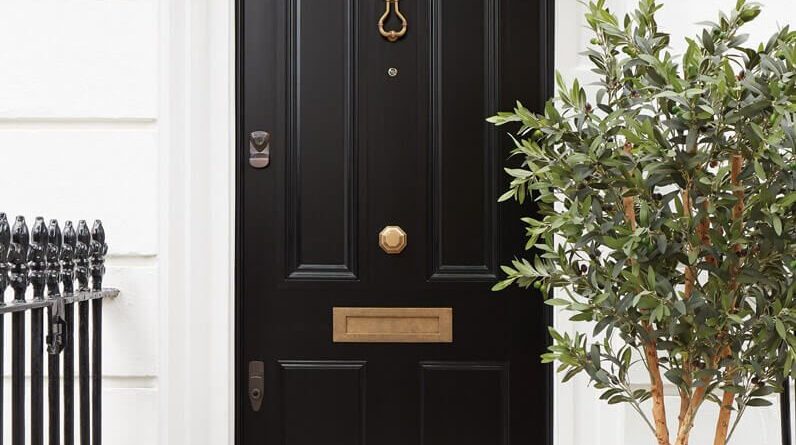


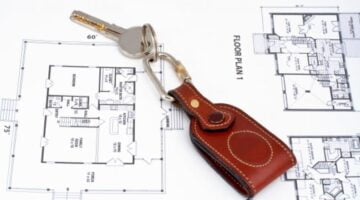
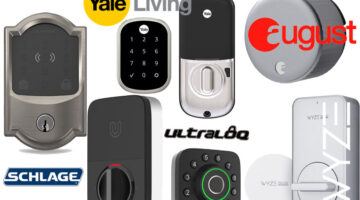
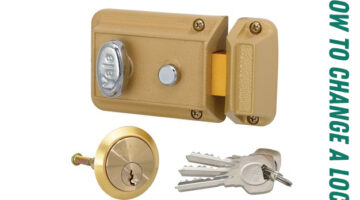

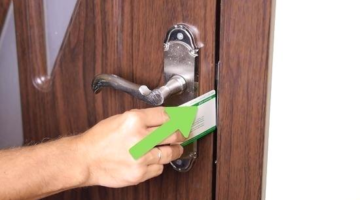

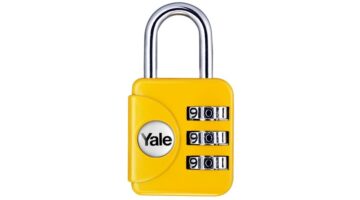
Leave a Reply